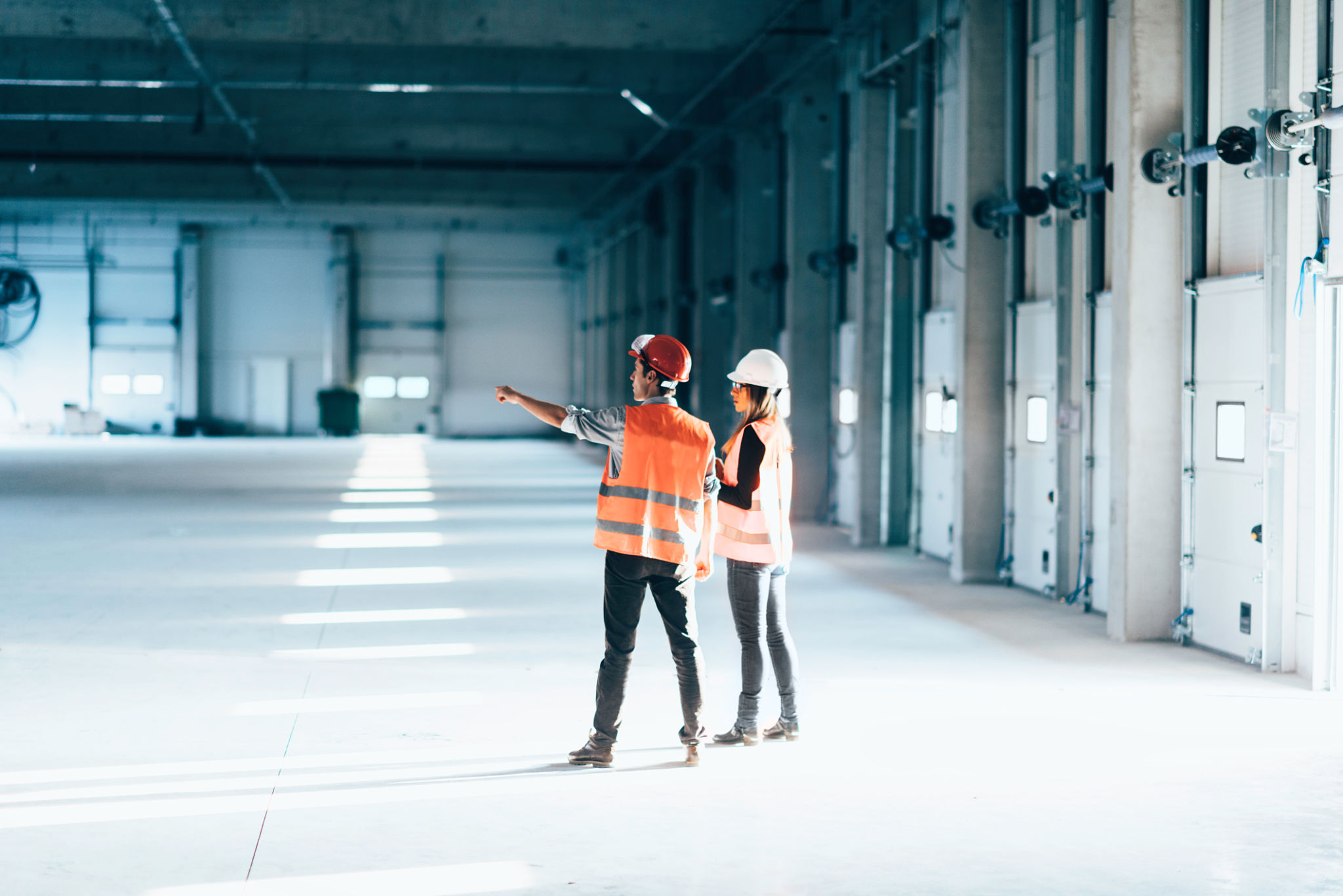Facility Management Solutions: Ensuring Longevity in Commercial Buildings
In today's competitive market, the longevity and efficiency of commercial buildings are crucial. Facility management solutions play a pivotal role in achieving these objectives by ensuring that buildings operate smoothly and sustainably over time. As businesses strive to create productive work environments, the importance of effective facility management cannot be understated.
Facility management encompasses a broad range of services and processes that support the functionality, safety, and sustainability of buildings. This includes everything from maintenance and repair to energy management and space optimization. By focusing on these key areas, facility managers can extend the life of a building while reducing operational costs.

Preventive Maintenance: A Proactive Approach
One of the most critical aspects of facility management is preventive maintenance. This proactive approach involves regular inspections and servicing of equipment to prevent unexpected failures and costly repairs. By identifying potential issues early, facility managers can address them before they escalate into significant problems.
Preventive maintenance not only helps in maintaining the operational efficiency of building systems but also extends their lifespan. For example, routine checks on HVAC systems ensure they run smoothly, providing a comfortable environment for occupants while minimizing energy consumption.
The Role of Technology in Facility Management
Technology has become an integral part of modern facility management solutions. Building automation systems, IoT devices, and data analytics allow facility managers to monitor building performance in real-time. This data-driven approach enables more informed decision-making, leading to improved efficiency and reduced costs.
For instance, smart sensors can detect changes in temperature or humidity levels, triggering adjustments to HVAC settings automatically. This not only optimizes energy use but also maintains a consistent indoor climate, contributing to the overall comfort and productivity of building occupants.

Sustainability: A Key Component
Sustainability is a core component of facility management today. As businesses become more environmentally conscious, there is a growing emphasis on reducing the carbon footprint of commercial buildings. Implementing energy-efficient systems and practices can significantly lower energy consumption and operational costs.
Facility managers can also incorporate sustainable materials and technologies in building renovations and upgrades, ensuring that structures are environmentally friendly and compliant with green building standards. This not only benefits the environment but also enhances the building's appeal to eco-conscious tenants and clients.
Space Optimization for Enhanced Productivity
Efficient space management is another critical element of facility management solutions. Optimizing the use of available space can lead to increased productivity and employee satisfaction. By designing flexible workspaces that cater to diverse needs, businesses can create an environment that fosters collaboration and innovation.
Facility managers can use space utilization data to make informed decisions about office layouts, ensuring that spaces are used effectively and efficiently. This approach not only maximizes the potential of existing areas but also helps in planning future expansions or modifications.

The Future of Facility Management
The future of facility management lies in embracing advanced technologies and sustainable practices. As commercial buildings continue to evolve, so too must the strategies employed to manage them. By staying ahead of industry trends and adopting innovative solutions, facility managers can ensure that buildings remain functional, efficient, and appealing for years to come.
In conclusion, effective facility management solutions are vital for ensuring the longevity of commercial buildings. By focusing on preventive maintenance, leveraging technology, prioritizing sustainability, and optimizing space, businesses can create environments that support their goals and stand the test of time.